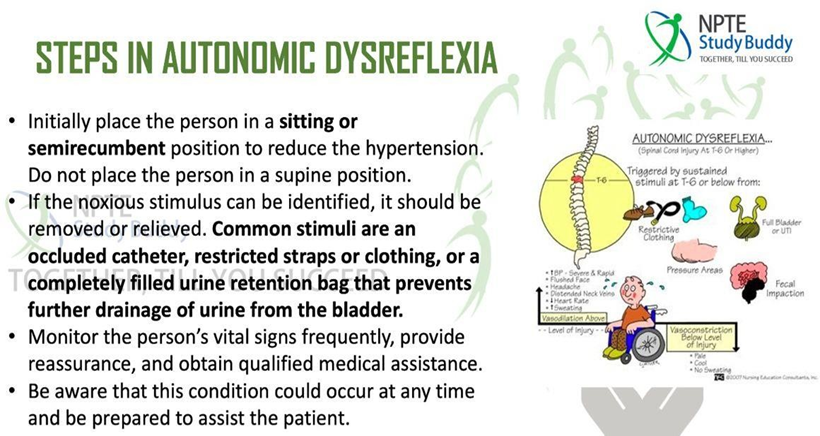Exhibits
Which of the following 3 provider prescriptions does the nurse anticipate?
Regular insulin 20 units subcutaneously
Potassium chloride 20 mEq/L intravenous PRN potassium less than 5.0 mEq/L
Initiate cardiac monitoring
0.9% sodium chloride at 15 ml/kg/hr for 1 hr and then reduce to 10 ml/kg/hr
Regular insulin continuous intravenous infusion, titrate per diabetic ketoacidosis (DKA) protocol once potassium is greater than 3.3 mEq/L
Dextrose 5% in water (DSW) intravenous at 5 ml/kg/hr for 4 hr
Blood glucose checks every 4 hr
Insert indwelling urinary catheter
Correct Answer : B,D,E
. Potassium chloride 20 mEq/L intravenous PRN potassium less than 5.0 mEq/L
The client's potassium level is slightly elevated at 5.5 mEq/L. Potassium replacement may be necessary if the level drops below 5.0 mEq/L, which is within the anticipated range for the nurse's actions.
D.0.9% sodium chloride at 15 ml/kg/hr for 1 hr and then reduce to 10 ml/kg/hr
This prescription addresses the need for fluid resuscitation to correct dehydration and electrolyte imbalances often seen in DKA. The client's initial blood pressure of 96/65 mm Hg suggests some degree of dehydration, further supporting the use of isotonic saline.
E.Regular insulin continuous infusion, titrate per diabetic ketoacidosis (DKA) protocol once potassium is greater than 3.3 mEq/L
This prescription aligns with the client's presentation of severe hyperglycemia (468 mg/dL) and acidosis (pH 7.30), indicating diabetic ketoacidosis (DKA). Insulin infusion is crucial for lowering blood glucose levels and correcting acidosis.
Nursing Test Bank
Naxlex Comprehensive Predictor Exams
Related Questions
Correct Answer is C
Explanation
C. Cloudy effluent is one of the earliest and most specific signs of peritonitis. It warrants immediate evaluation and diagnostic testing to confirm the diagnosis and initiate appropriate treatment.
A Generalized abdominal pain is a common symptom of peritonitis but may not be the earliest indication.
B. Tachycardia (increased heart rate) can occur in response to infection or inflammation, including peritonitis. It is a systemic response rather than a localized symptom.
D. Fever can also be associated with peritonitis but may appear later and is not as specific early indicators
Correct Answer is D,B,A,C
Explanation
Step D (Place the client in an upright sitting position): Elevating the client's head and upper body to an upright position helps to reduce blood pressure by promoting venous pooling in the lower extremities.
Step B (Confirm that the client's bladder is empty): Autonomic dysreflexia is often triggered by bladder distention or urinary retention. By confirming and addressing urinary issues promptly, the nurse can remove the triggering stimulus.
Step A (Administer an antihypertensive medication intravenously): In severe cases where blood pressure remains dangerously high despite other interventions, such as positioning and addressing bladder issues, antihypertensive medications may be necessary to lower blood pressure quickly and prevent complications.
Step C (Indicate the risk for autonomic dysreflexia in the client's medical record): Documentation of the occurrence of autonomic dysreflexia, its triggers, and interventions used is essential for continuity of care. It informs other healthcare providers about the client's condition and helps in implementing preventive strategies.

Whether you are a student looking to ace your exams or a practicing nurse seeking to enhance your expertise , our nursing education contents will empower you with the confidence and competence to make a difference in the lives of patients and become a respected leader in the healthcare field.
Visit Naxlex, invest in your future and unlock endless possibilities with our unparalleled nursing education contents today
Report Wrong Answer on the Current Question
Do you disagree with the answer? If yes, what is your expected answer? Explain.
Kindly be descriptive with the issue you are facing.
